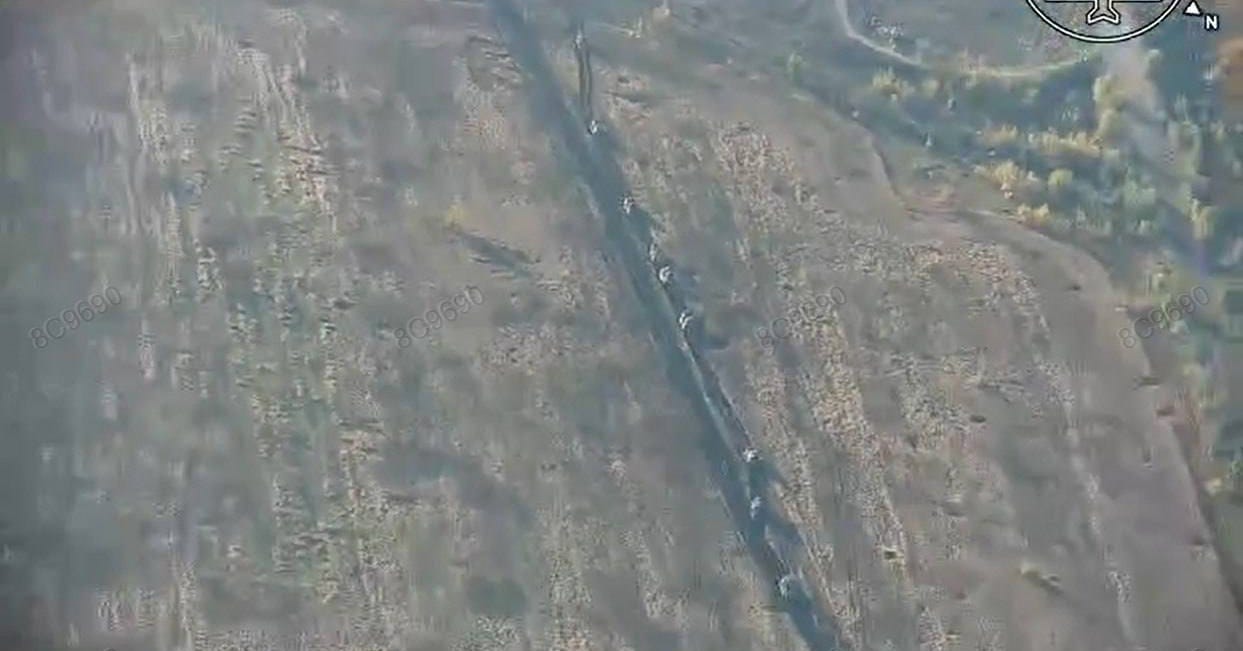Good Weather Means Russian Tanks Get Blasted. Bad Weather Means They Get Blasted Later.
Ukrainian positions around Pokrovsk are at the mercy of the weather.
The five marine regiments and brigades the Kremlin rushed to the front line near the fortress city of Pokrovsk this summer have finally begun deploying their armored vehicles.
Their target: Shakhove, just northeast of Pokrovsk. The village anchors Ukrainian position east of a chaotic 25-square-mile salient Russian motor rifle troops carved out of Ukrainian lines in August.
Take Shakhove, and the Russians can expand the salient. Expand the salient, and they can cut across the supply lines threading south into Pokrovsk.
But there are two problems. One: there are so many old uncrossable Ukrainian trenches in the area Russia controls south of Shakhove that Russian vehicles must travel one main road winding north from the Russian base in Malynivka in order to get within shooting distance of Shakhove.
The Ukrainians know this. They patrol the road with drones, mine it and zero their artillery on it. It’s not for no reason that all four large mechanized assaults the Russians have attempted since early October have failed—spectacularly.
The other problem is the weather. Drones don’t like fog or low clouds. Bad weather obscures sensors, rendering first-person-view drones unflyable and larger surveillance drones blind to the situation on the ground.
Keep reading with a 7-day free trial
Subscribe to Trench Art to keep reading this post and get 7 days of free access to the full post archives.


